|
Pompei,
founded by Osci
in sec. VIII
BC, subject to
Greek influences
(Cuma) and passed
to the Samnites at the end
of the century V
BC, knew
essentially a long period of
urban development and artistic
prosperity, a period that
continued even after the domain
of Rome (80 BC),
when the city was shaped
like famous
resort of the
wealthy families
of Rome |
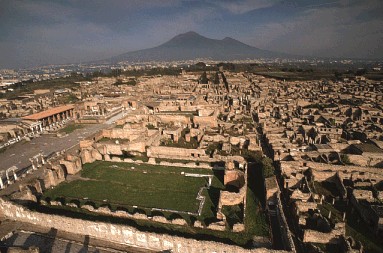 |
As you
know, the
terrible eruption of Vesuvius in
79 AD buried
Pompeii (not yet
has recovered well from the
earthquake of 62 AD) along with
other smaller sites (Herculaneum
and Stabia)
In the space of
just two days
a prosperous, well-educated and
well-known resort with about
25,000 inhabitants
disappeared under a blanket of
ash several
feet |
|
Only
in the eighteenth century
Pompeii "resurface", with the first excavations
brought to light an
archaeological marvel
whose resonance inspiring wonder
and interest across Europe |
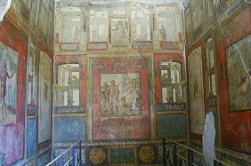 |
Pompeii is
an essential testimony about life
in ancient times, for the
richness and variety of the exhibits,
for their beauty, the
surrounding landscape and the
charm of the site |
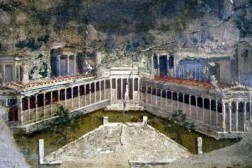 |
.jpg) |
.jpg) |
.jpg) |
|
A Day in
Pompeii for viewing
and emotion of what could be
a wealthy, rich and cultured
city of the imperial
Roman |
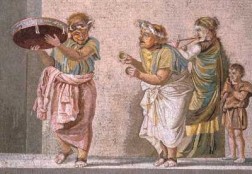 |
Note
Several
materials of Pompeii are kept
at the Archaeological Museum of
Naples
and presented a copy of
the
original place |
|
|
|
We make
here a route (which as
such is to be carried out
with a professional guide) just
to show some of the beauties
of Pompeii
ending with The Houses of
Pompeii illustrated
in the
following and with a nod
to modern
Pompeii |
|
|
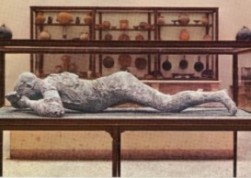 |
Antiquarium
Collects
ample evidence of the city.
Impressive the casts
of humans
on the run,
tragic "snapshots"
of inauspicious
event |
 |
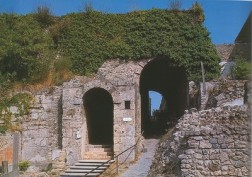 |
From Porta
Marina accessing the
city
and you are soon
in the Forum
passing through the
wide Basilica
(place for regular
business, trade
and judicial matters)
and the Temple of
Apollo |
 |
|
Temple of Apollo |
|
Spectacularly
exposed against the backdrop of
majestic Vesuvius, the altar, the
stairs, the statues of Apollo
and Diana (copies)
all form
a wonderful and sunny
complex of rare charming |
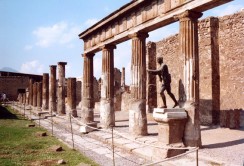 |
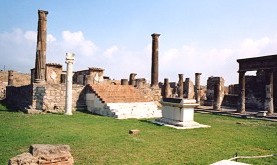 |
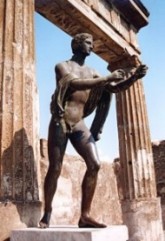 |
|
Foro |
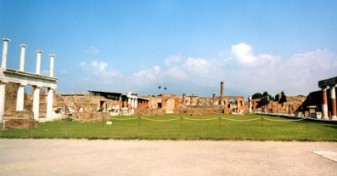 |
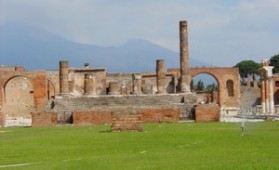 |
|
Center of
public and social life, vast and
elegant, brings together all the
buildings in the city |
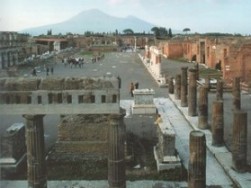 |
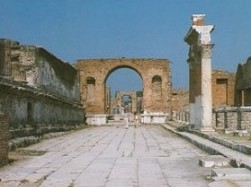 |
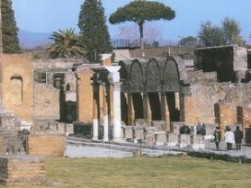 |
 |
Temple of Jupiter
Temple of Vespasian |
 |
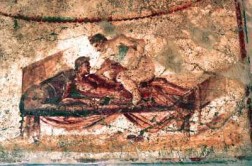 |
Lupanare
(houses
decorated with
erotic paintings)
Temple of Isis |
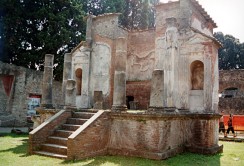 |
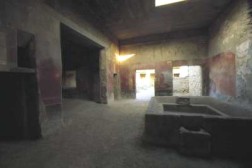 |
Fullonica Stephani
(A kind of
ancient
laundry and dry cleaning) |
 |
|
Terme |
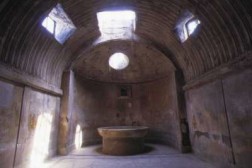 |
Terme of Foro
The Terme
as only
the Romans
knew how to do |
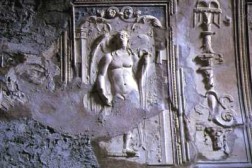 |
|
Terme Stabiane
The most complete thermal
baths of Pompeii, with
male and female section,
frigidarium, tepidarium and
caldarium,
gym and swimming pool,
spacious
with beautiful decorations |
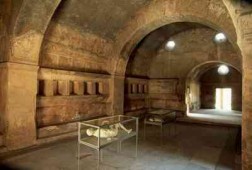 |
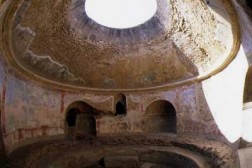 |
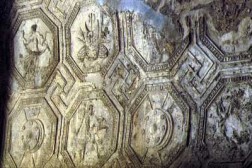 |
|
Terme of Pleasure
Suburban baths
painted with
erotic motifs |
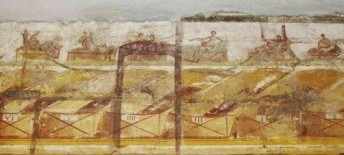 |
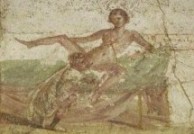
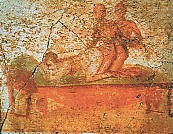 |
|
Theatres |
 |
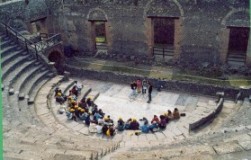 |
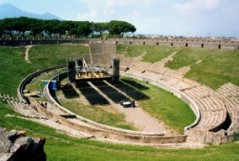 |
|
Large Theatre
Dating back to
centuries. V BC,
altered, transformed by the Romans, was
overcoatable with a "velum"
and can accommodate about
5,000 spectators |
Small Theatre
Dating back to
Roman times,
covered, elegant, capable of
800 persons |
Anfiteatro
The oldest
Roman amphitheater
known (80
BC).
Near the Gym
for athletes |
|
|
|
The Houses of Pompei |
 |
House of the
Faun
Dimora
grandiose and pompous
with rooms
decorated with
beautiful mosaics |
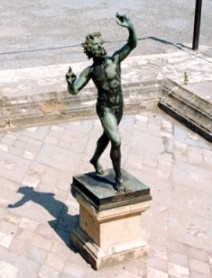 |
 |
House
of the Golden Cupids
Environment which shows
a taste for the theater
and refinement |
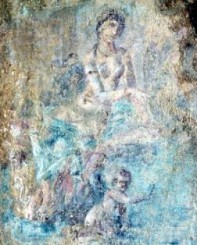 |
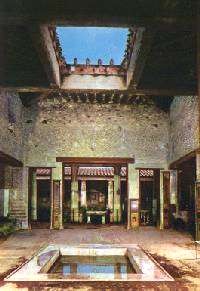 |
House
of the Vettii
Sumptuous
home of the rich
merchant class
with refined rooms
and works of art
|
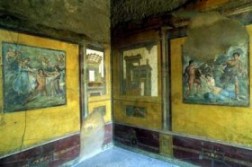 |
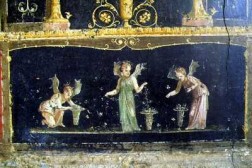 |
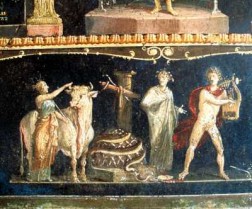 |
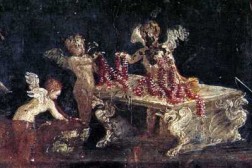 |
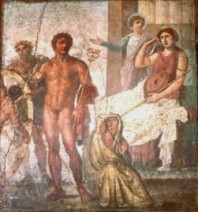 |
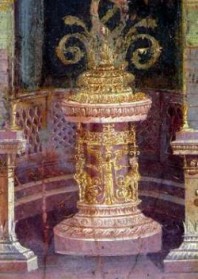 |
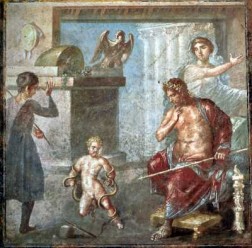 |
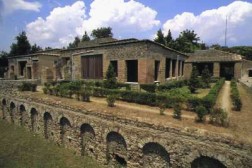 |
House of
Mysteries
Outside
the city (after
the Herculaneum Gate)
this Villa contains, among
other decorations,
a cycle of frescoes
that mark
a high
page of ancient painting |
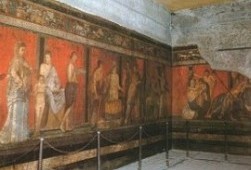 |
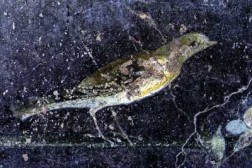 |
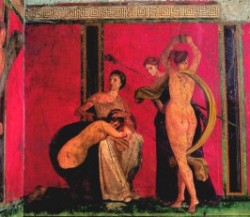 |
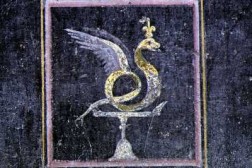 |
|
House of the Menandro
Large and
magnificent aristocratic residence,
with its
spa facilities, full of
decorations, paintings and mosaics |
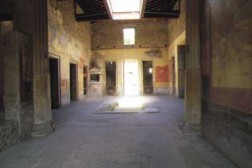 |
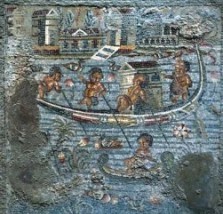 |
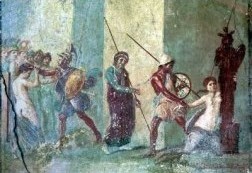 |
 |
House of the Sacello Iliaco
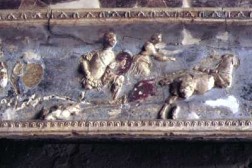
Episodes Iliad
and the labors of Hercules |
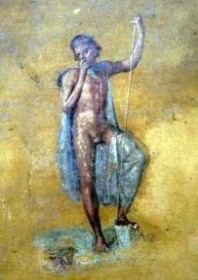 |
|
House of the Dioscuri
|
House of the Centenary |
House
of the Large Fountain
|
 |
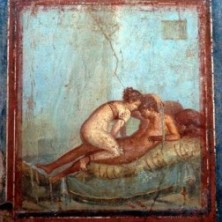 |
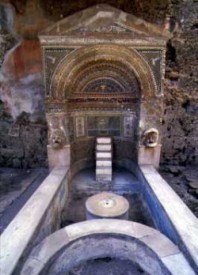 |
|
House
of the Small Fountain |
House
of the Bear |
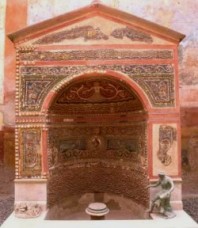 |
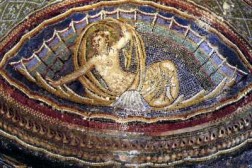 |
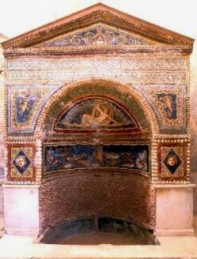 |
|
House of Marco Lucrezio Frontone
Another gorgeous
home and full of
valuable
artistic expressions |
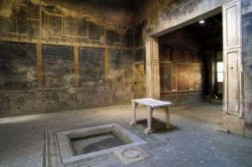
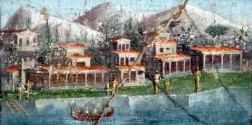 |
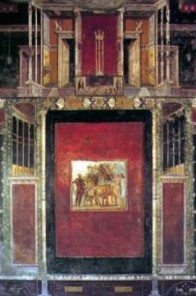 |
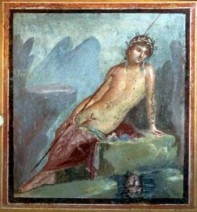 |
|
House of Pansa |
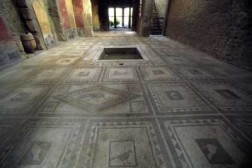 |
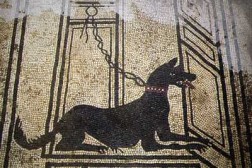 |
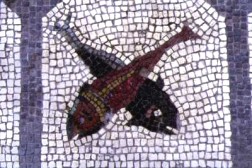 |
|
House of Poliblio |
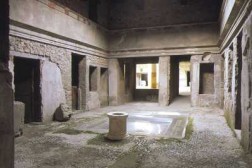 |
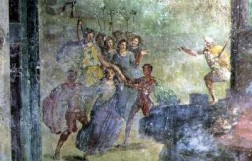 |
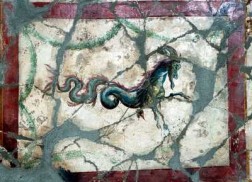 |
|
|
|
Modern Pompei |
|
The modern
Pompeii, which began to rise
in the second half of '700,
develops in the second half
of 1800, especially by
Bartolo Longo (beatified
in 1980) and is distributed
around the
Shrine of Madonna
del Rosario |
 |
The
beautiful Sanctuary,
consecrated in 1891 (the
high bell tower more than 80
meters, it is 1925),
is an annual
destination of millions of devotees
and pilgrims |
 |
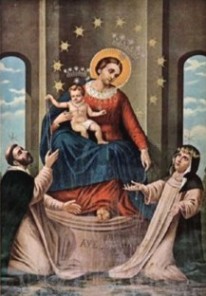 |
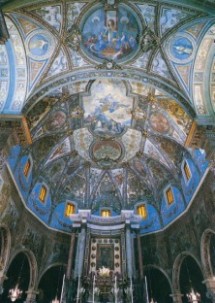 |